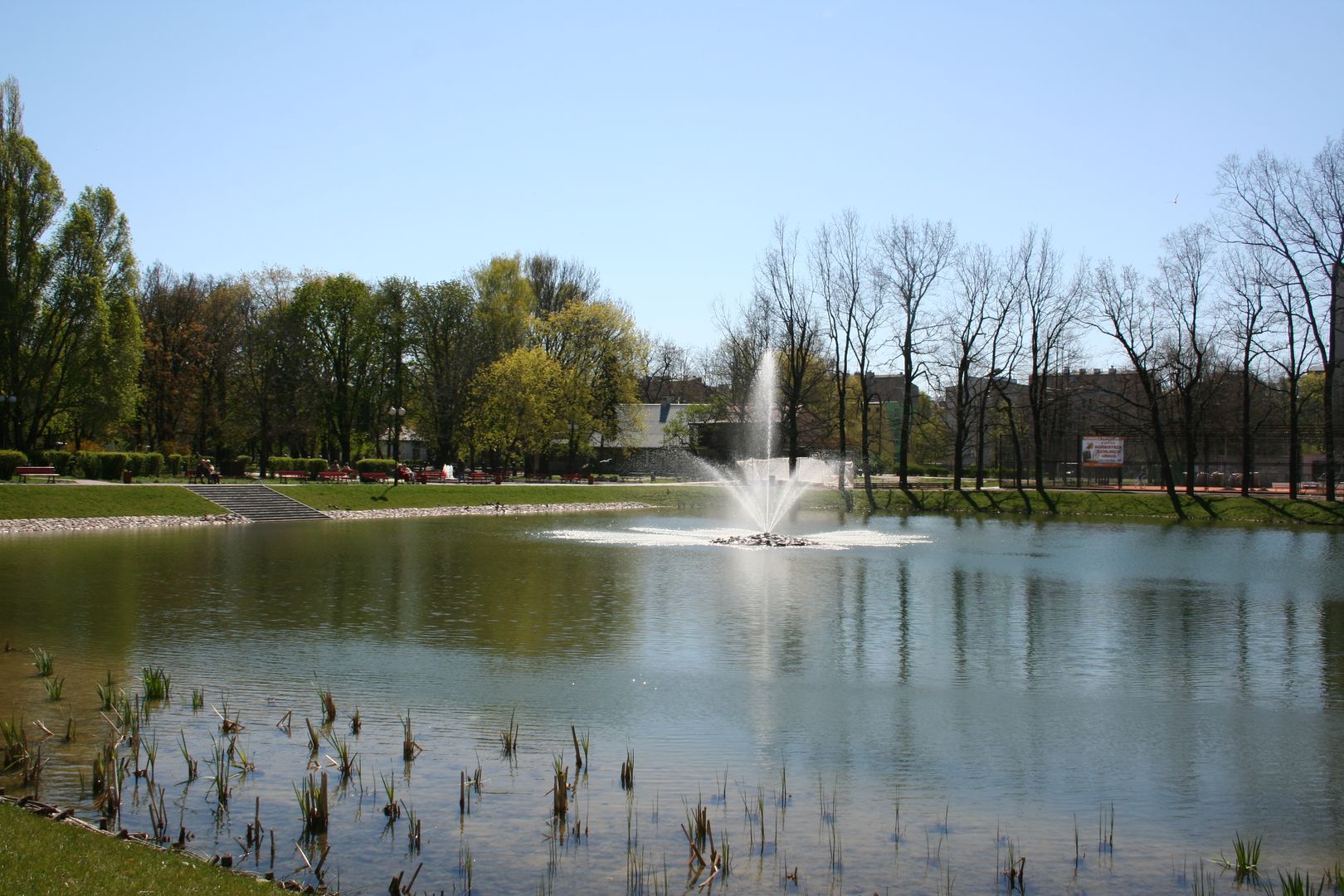Ursus
6.42

Overview
Ursus is a district of Warsaw that was an independent city between 1952 and 1977. Modern-day Ursus is divided into five areas: Skorosze, Czechowice, Szamoty, Niedźwiadek, and Gołąbki, and it borders Piastów, Bemowo, Włochy, and Michałowice. The historical roots of Ursus date back to the 14th century, when local villages existed in the area. Real development began in the 20th century with the opening of the Ursus Mechanical Works in 1923, which contributed to the region's industrialization. During World War II, the factory was used by the Germans to produce armaments, while the underground resistance secretly manufactured lighters to support the Polish resistance movement. After the war, tractor production began, further contributing to the area's growth. In 1952, several localities were merged to form the town of Czechowice, which was renamed Ursus in 1954. From the 1960s, intensive construction of new housing estates took place, including Niedźwiadek, which was the largest estate in the 1970s. In 1977, Ursus was incorporated into Warsaw as part of the Ochota district, and in 1993, it became a separate district. Ursus is home to several parks, including Czechowicki Park and Achera Park. An important historical event was the 1976 strikes at the mechanical works, which took place in response to food price hikes. The district also has a place in film history: in 1977, the propaganda documentary "Ludzie dobrej roboty" (People of Good Work) was shot there, depicting the history of the factory. Today, Ursus is a diverse area, blending architectural elements with a rich history and tradition, while also bearing witness to many significant events in Poland's past.
Location
Tickets
Powered by GetYourGuide
2025 Wizytor | All Rights Reserved